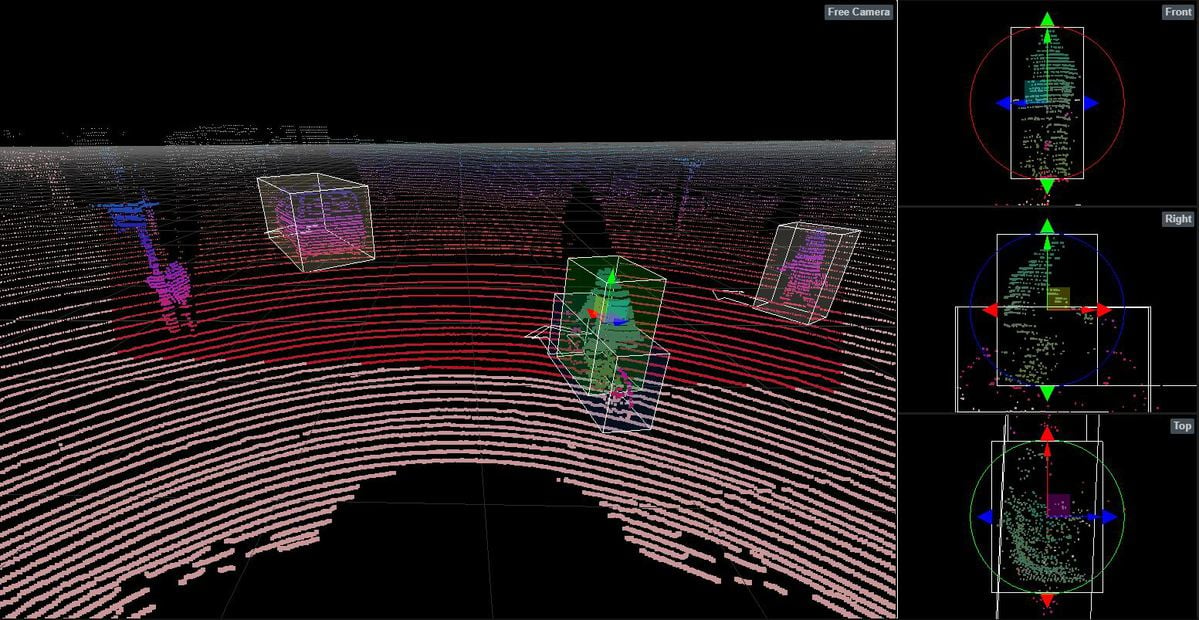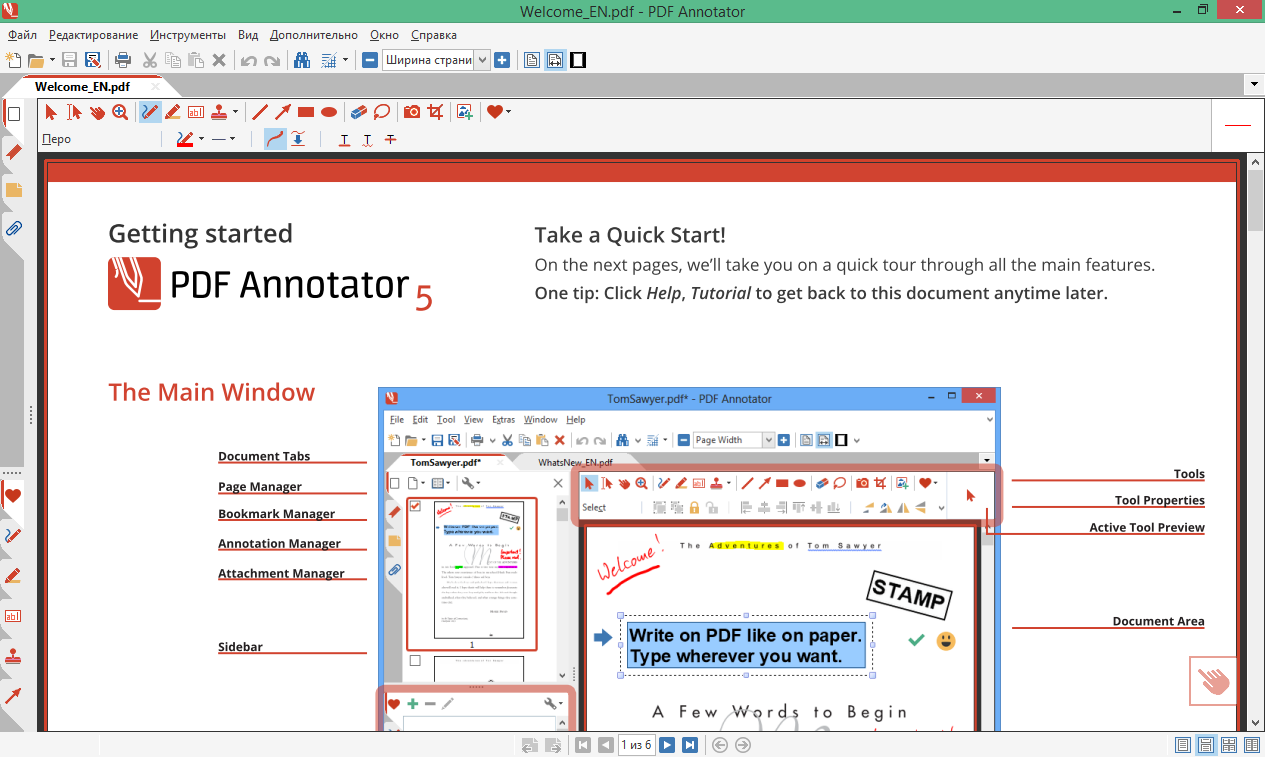
#LIDAR ANNOTATOR DRIVER#
The result is used to for validation and testing of Advanced Driver Assistant System (ADAS) and Autonomous Driving (AD) algorithms, for machine learning and DNN testing. Depending on the shape and attributes, the objects can be manually or semiautomatically tagged with various geometrical objects and annotated with certain traits. In this context, annotating stands for the tagging of real objects in video and reference data streams. Philosys Ground Truth Annotator can be used independent from ADTF, and can be used in any environment. Philosys Label Editor is based on the EBAssist/ADTF framework and integrates seemless into this environment. Early detection of potential risks that impact traffic safety help cities improve the efficiency and safety of the road network.The label tools Philosys Label Editor and Philosys Ground Truth Annotator are programs for annotating video-data and reference data streams, and it can be used to visualize and analyse sensor data recordings. Utilizing the innovative sensing technology of LiDAR combined with the rich and diverse traffic information provided by LiDAR enables smart cities to better manage traffic control platforms, make more optimized decisions, and find problems in the early stages of urban traffic congestion. This is what separates it from more commonly used technologies like sonar since it measures the time of flight (ToF) of a pulsed laser to gather three-dimensional, real-time information about the physical world. LiDAR (Light Detection and Ranging) sends out beams of light that bounce off objects and return back to the LiDAR. What Types of Data Annotation are Required to Create Such Technology? Investing in traffic management technology is becoming an integral part of a holistic urban asset management strategy for city governments. They include operational efficiencies and support for urban planning, enabling more attractive transit and, ultimately, better sustainability by reducing emissions and air quality improvement. The benefits of traffic monitoring, management, and modeling/simulation extend far beyond the primary traffic flow and safety objectives. These include LiDAR sensors for granular 3D road and smart spaces intelligence dynamic/mandatory routing algorithms AI-based edge compute enabling immediate, local, and automated response solutions such as (cooperative) adaptive traffic lights and pedestrian alerts and V2X and 5G connectivity driving new traffic prioritization services such as premium vehicle preemption for delivery and logistics providers. Many new technology solutions are enabling these new traffic management paradigms.

How Can AI Technology Help Reduce Gridlock?

This is why it is important to use AI to help us solve these problems. and the world, for that matter, was not built with all of these technologies in mind. The infrastructure of a lot of cities in the U.S.

The culprit? Someone in the line of traffic near a light signal slows down, triggering a chain of events that can reduce the speed of all traffic behind it, build up successively longer lines of vehicles with every green-yellow-red cycle, and eventually lead to gridlock.Īnother thing we need to keep in mind is that new technology is that new road-based technology is being developed, such as AI-powered last-mile delivery systems. Having said this, studies as far back as 2011 have shown that gridlock can occur even if there are relatively few cars on the road. Not only do these factors delay the infrastructural development of the cities, but they also result in car accidents, traffic congestion, and an increase in travel times, fuel consumption, and carbon emanations.

Higher levels of urbanization, population growth, and changes in population density are the main factors that contribute to challenges facing road transportation systems.


 0 kommentar(er)
0 kommentar(er)
